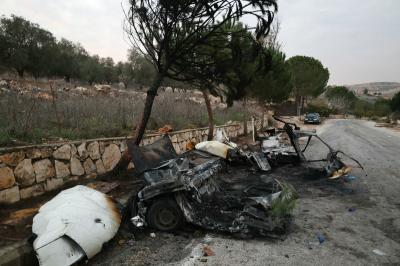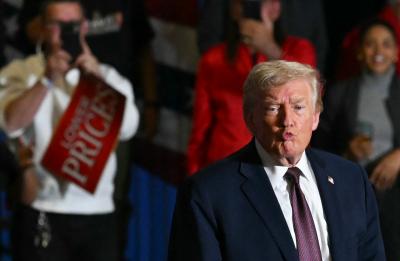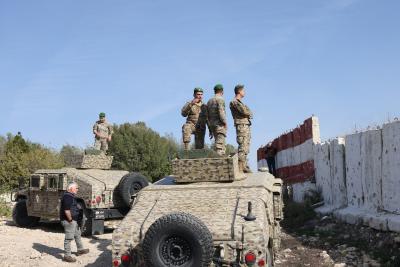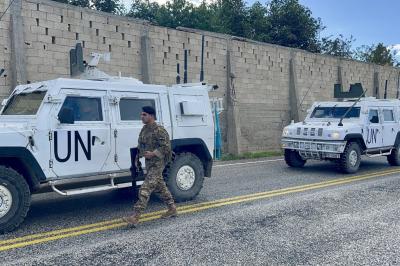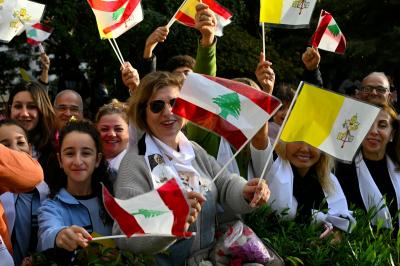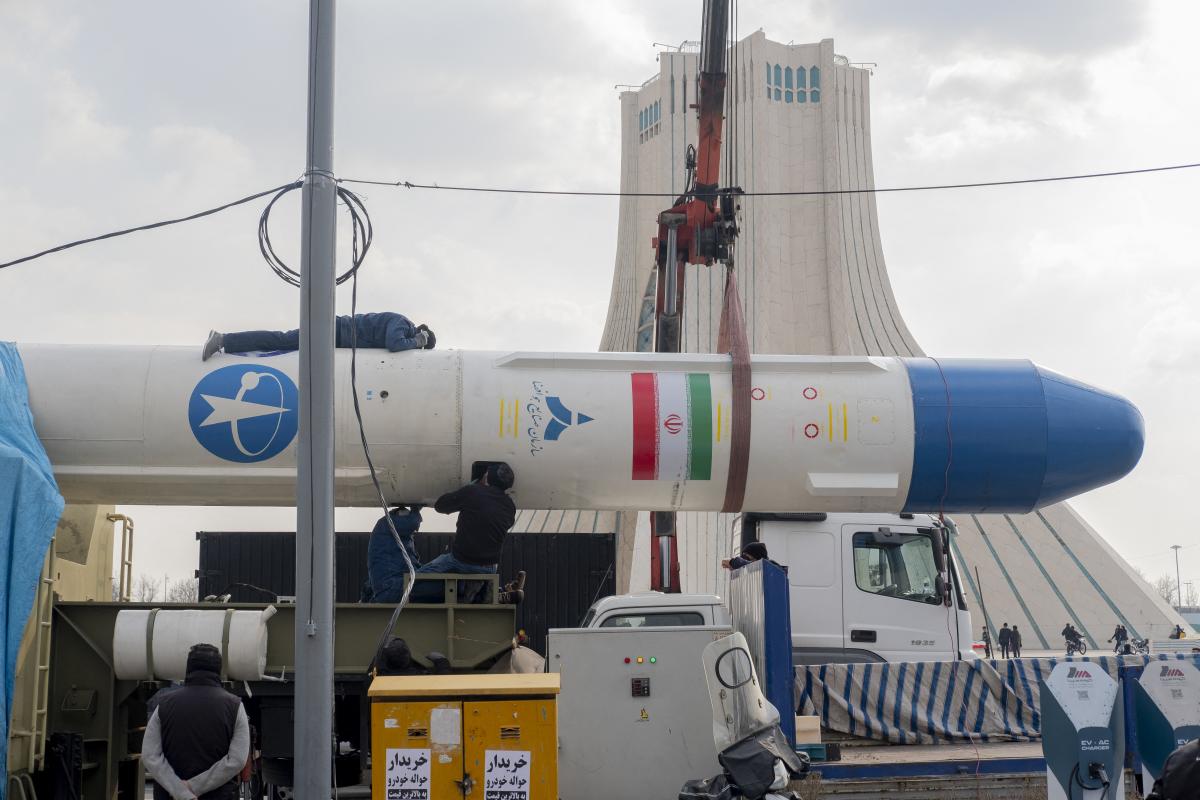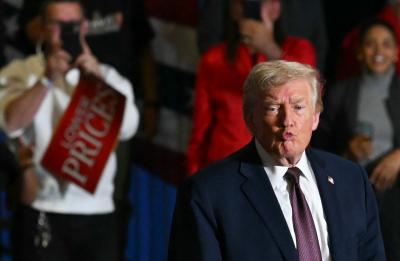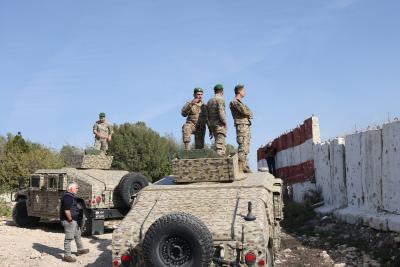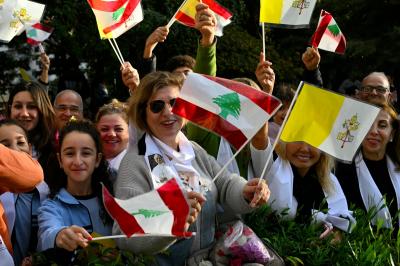Despite rising tensions and increasingly hostile rhetoric between the United States and Iran, both sides appear to be playing a waiting game, betting on time to pave the way for a settlement that could redefine the balance of power in the region.
Since the 1979 Iranian Revolution, relations between Washington and Tehran have been anything but stable. Iran’s hostility stems from U.S. support for the ousted Shah and its alliance with Israel. In response, Washington imposed sanctions on Tehran—sanctions that continue to this day—amid proxy confrontations in the Gulf, Lebanon, and beyond. Temporary truces have occasionally surfaced, most notably after the September 11 attacks when the two nations found common ground against shared enemies in Afghanistan and Iraq, only to diverge again soon after.
For the past two years, Iran has faced one of its most challenging periods since the revolution. While this isn’t the first time the nation has grappled with adversity, it is arguably the most severe. It is marked by a hostile regional environment, growing isolation, and a conspicuous lack of tangible support from its traditional allies.
Tehran’s Strategy: extreme patience
Iran stands at a crossroads: it can either adopt a hardline approach, accelerating its nuclear enrichment program to compensate for its vulnerabilities or opt for strategic patience.
A more aggressive stance risks triggering U.S. or Israeli military strikes that could escalate beyond deterrence and potentially threaten the regime’s survival. Consequently, Tehran is more likely to buy time through patience, wagering on a shift in what Iranian officials privately describe as the “reckless” rhetoric of former President Donald Trump.
Trump has maintained his “maximum pressure” campaign, aimed at forcing Tehran into concessions on its nuclear and missile programs, curbing its regional influence, weakening its allies, and safeguarding Washington’s partners in the Gulf, Iraq, and, of course, Israel.
The U.S. capitalized on a significant misstep by Iran’s regional axis when it aligned itself with the “Unity of Fronts”strategy to support Hamas’ “Al-Aqsa Flood” operation. This allowed Washington to fully back Israel's military campaign while working to separate the conflict zones of Gaza and Lebanon. As a result, Israel delivered significant blows to Iran’s proxies in Lebanon, Syria, and Gaza, while largely sparing Tehran itself.
Though Iran was not privy to the exact timing of the “Al-Aqsa Flood”, it was aware of plans for a major operation. The operation’s unexpected success caught even Hamas off guard, leaving the group with no option to retreat. After quickly reassessing the situation, Hezbollah’s Secretary-General Hassan Nasrallah, in consultation with Iranian officials, opted for limited intervention without escalating to a full-scale war—a move Iran explicitly advised against.
Trump’s Return: A Path to De-escalation?
Iran is banking on Trump’s potential return to the negotiating table. His goal is to “neutralize” Middle East conflicts, limit Iran’s regional role, and prevent it from becoming a nuclear military power. Tehran understands this dynamic and recognizes that the U.S. “deep state”—with its financial, economic, and military interests—has little appetite for a direct war with Iran, knowing the devastating consequences such a conflict would have on American bases in the region and its allies.
Iran has begun critically reassessing its recent moves but is not eager to beg for dialogue. Tehran demands guarantees from Washington, just as the U.S. seeks assurances from Iran. A significant part of these guarantees revolves around Israel: Iran wants a U.S. commitment not to support any Israeli military action against it, to refrain from interfering in its internal affairs, and to recognize Iran’s role in regional security.
The negotiations, expected to be indirect initially, will likely build on prior efforts facilitated by Oman, Qatar, and the Swiss Embassy in Tehran. In return, Iran may offer gestures that signal its willingness to engage constructively.
Iran is also betting on improving ties with Gulf nations, particularly Saudi Arabia. Despite the positive rhetoric and the Beijing-brokered agreement, differences remain over how to approach reconciliation. Riyadh wants a comprehensive package to resolve its long-standing tensions with Tehran, following years of proxy wars and regional strife. Saudi leaders are also waiting to see Trump’s vision for the Middle East before making any definitive moves. Meanwhile, Iran, true to its strategy, prefers to compartmentalize issues to preserve its leverage.
Since U.S.-Iran negotiations and Iran’s relations with Saudi Arabia and the broader Gulf are deeply intertwined, patience remains the order of the day, with hopes pinned on a comprehensive settlement that addresses all outstanding issues.
Trump 2.0: A Shift in Approach?
The “Trump 2.0” that Iran anticipates is less confrontational and unlikely to pursue the forced displacement of Palestinians—a plan that appears increasingly unfeasible. Trump will also have to consider the strong and growing Arab opposition to Israeli Prime Minister Benjamin Netanyahu’s recent proposals, including the controversial idea of establishing a Palestinian state in Saudi Arabia.
Ironically, the situation has turned against Israel’s hardline ambitions, with Arab nations uniting in a counteroffensive that has brought the two-state solution back into focus.
While Iranians remain cautious of Trump’s rhetoric, they are betting on a shift in his approach. Meanwhile, Trump continues to ramp up his maximum pressure campaign, using media and diplomatic channels to coax Iran back to the negotiating table—this time with a U.S.-defined agenda aiming for a “nuclear peace” that would ultimately benefit both Tehran and Washington. Such an agreement could even help regulate Iran’s influence in Lebanon, particularly regarding Hezbollah’s arms north of the Litani River, balancing the dramatic shifts unfolding in Syria.
For now, the region remains in limbo, awaiting Washington's and Tehran's next moves. It hopes that time will pave the way for a lasting resolution.
Please post your comments on:
[email protected]
 Politics
Politics
